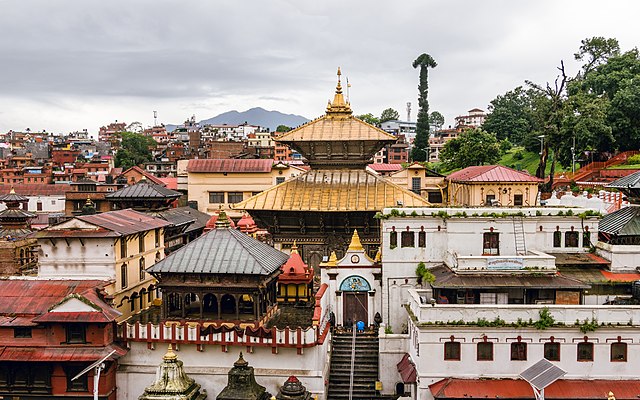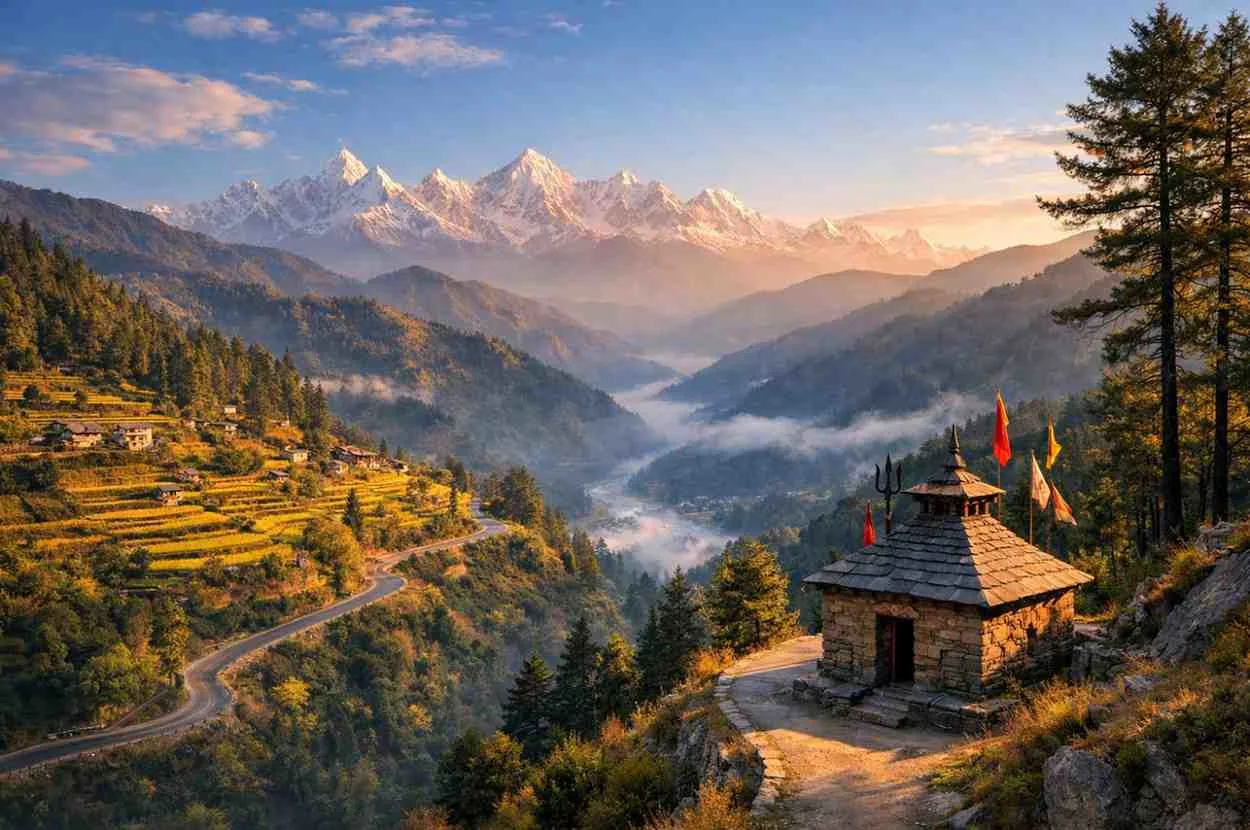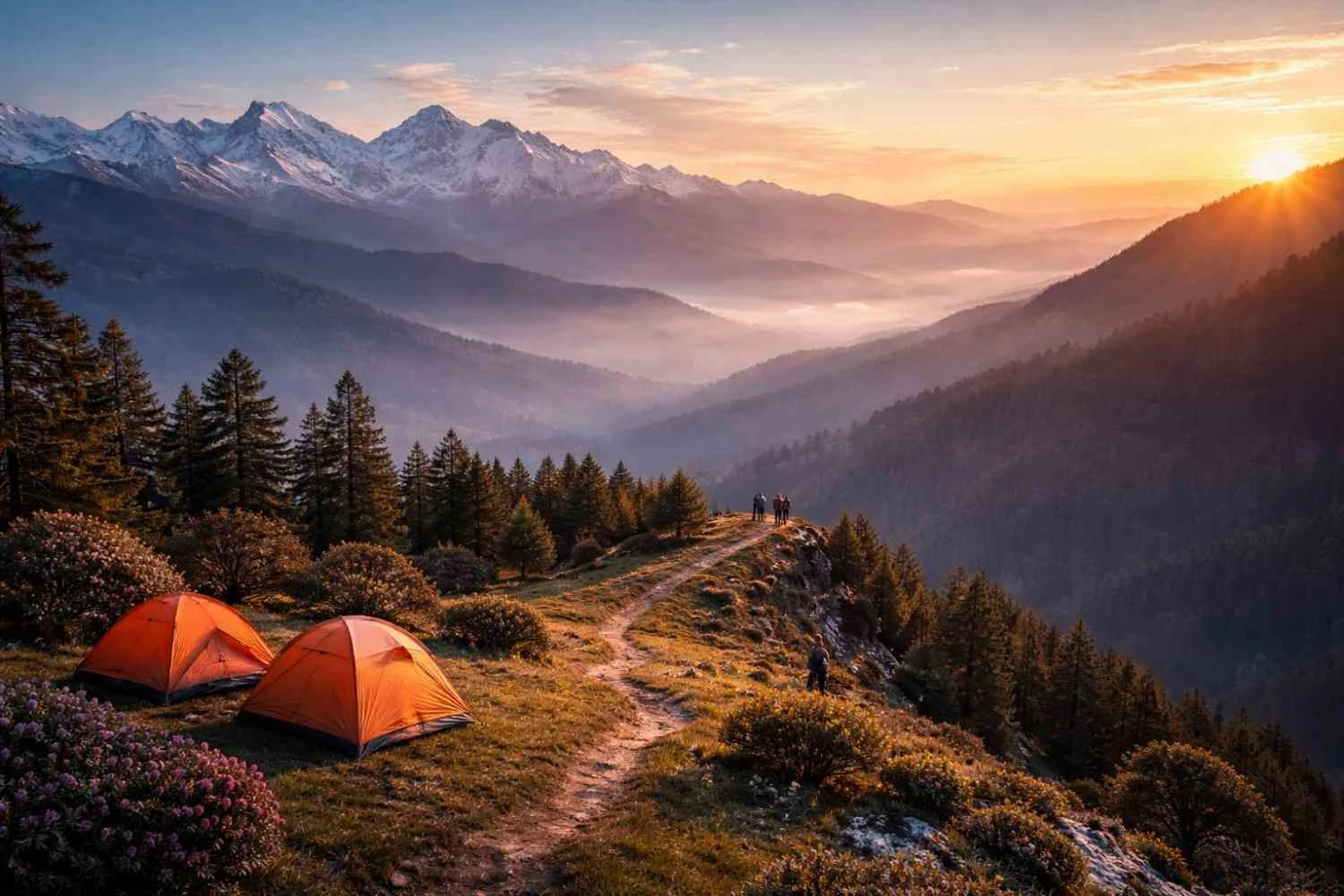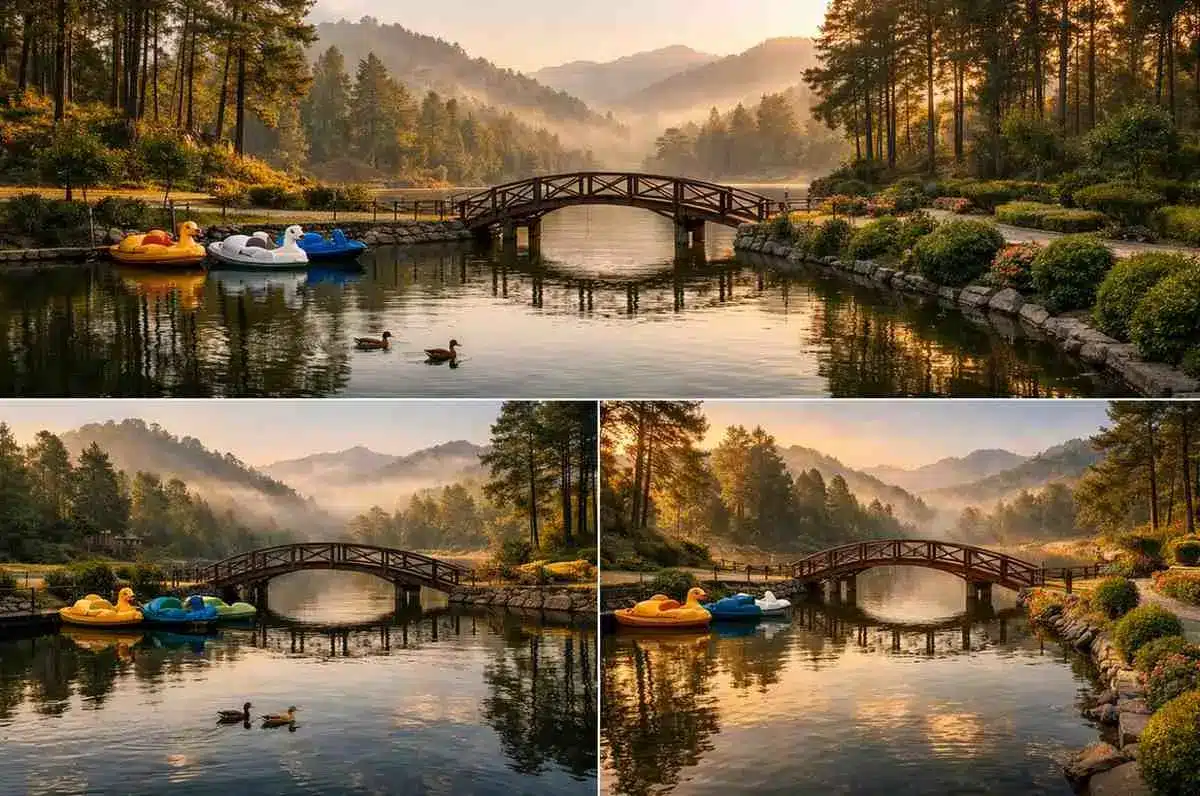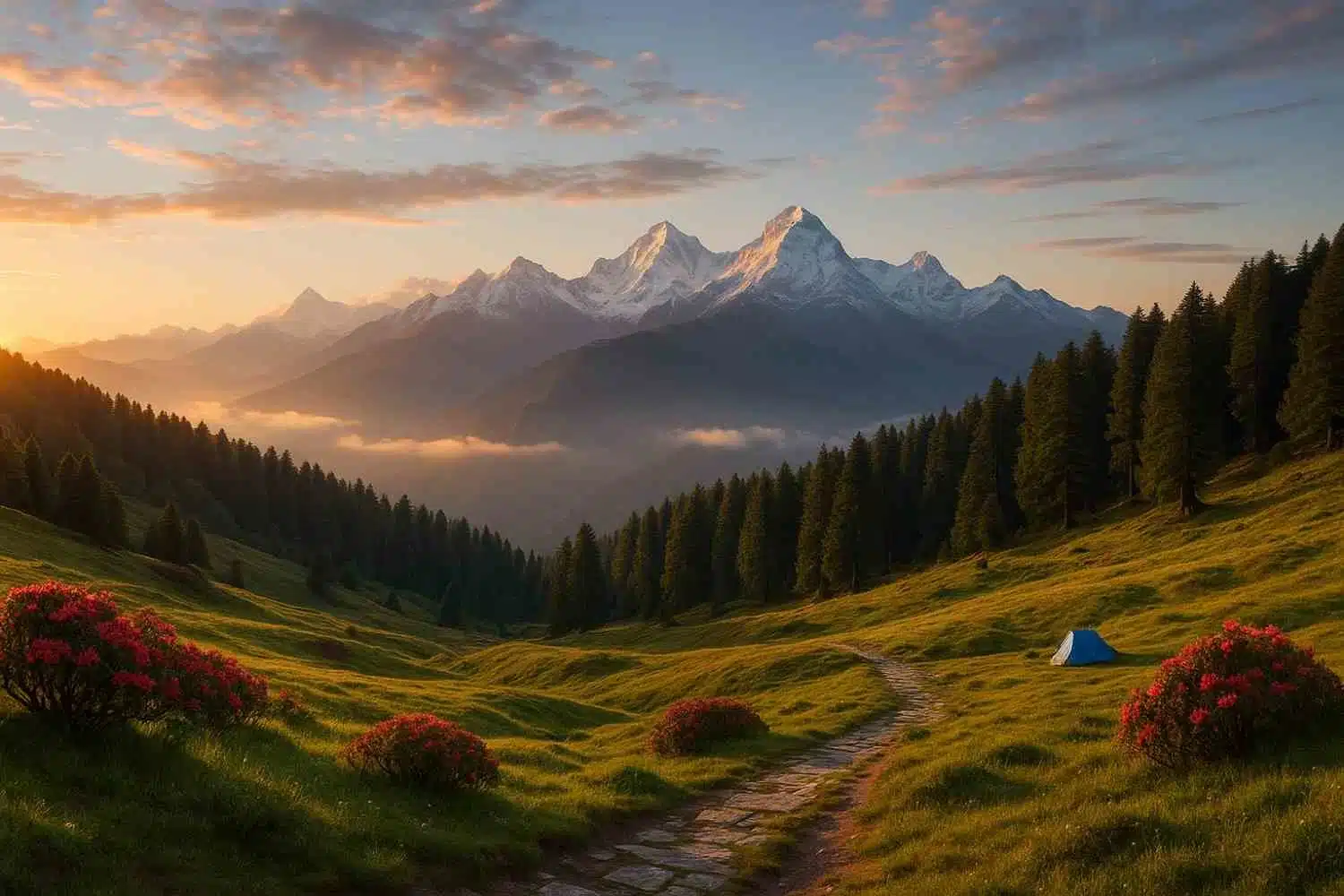On the Bagmati River, Pashupatinath Temple is a spiritual destination. Nepal’s Hindu temple complex draws thousands of pilgrims and visitors. The religious, cultural, and historical Pashupatinath Temple honours Lord Shiva. Discover why Pashupatinath Temple is worth visiting with this blog about its history, architecture, and spirituality.
Historical Background of Pashupatinath Temple Nepal
Myths and stories and verifiable history weave a magnificent tapestry of devotion and legacy around Pashupatinath Temple. The temple was founded about 400 AD, but the location was considered a centre of devotion much earlier. Where Lord Shiva wandered as a deer in the jungles, mythology says, the temple was built. After being captured by the gods, Shiva left his antlers, which became the temple’s linga.
Earthquakes have forced multiple temple rebuildings. Bhupatindra Malla erected the pagoda-style building with its golden tower and beautiful wood carvings in the 17th century. After centuries of development, Pashupatinath has become a large complex with temples, ashrams, and inscriptions, each telling a narrative of dedication and workmanship.
Architectural Marvel of Pashupatinath Temple Nepal
Pashupatinath Temple showcases ancient Nepal’s architecture and engineering. The main temple, with its two-tiered golden ceiling and silver-plated doors, dominates the compound. These pagodas, with their multi-tiered roofs, finely carved wooden struts, and ornate windows, exemplify Kathmandu Valley Newari workmanship.
Temple’s most notable feature, the Shiva linga, located in the sanctuary. Linga serpents symbolise Lord Shiva’s cosmic might. Elegant sculptures of deities, mythological animals, and religious themes tell Hindu epics and texts on the temple’s facade. All corners of the temple are adorned with exquisite sculptures, adding to its majesty and spirituality.
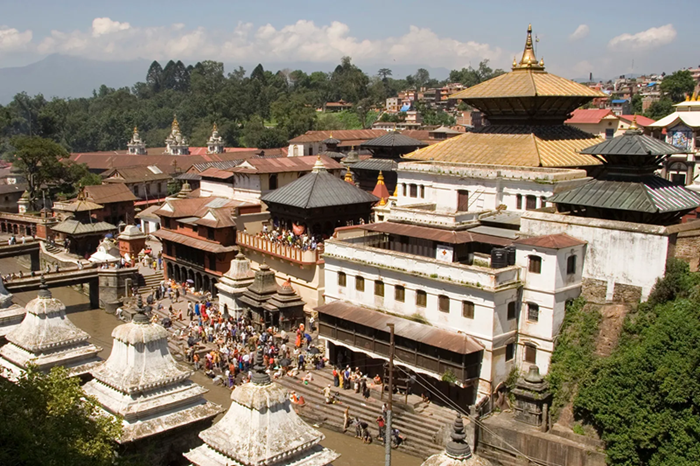
Religious Significance of Pashupatinath Temple Nepal
Hindus, especially devotees of Lord Shiva, place great importance on Pashupatinath Temple in Nepal. It is one of Asia’s four Char Dhams for Shiva worshippers. Pashupatinath, meaning “Lord of Animals,” symbolises Shiva’s beneficence and protection of all life.
The temple attracts people during Maha Shivaratri, which celebrates Shiva’s creation, preservation, and destruction. During this event, hundreds of thousands of Nepalese, Indian, and other devotees pray, sing, and perform rituals at Pashupatinath A Bhandari priest has performed tantric ceremonies at the site for millennia.
Its connection to death and the hereafter is unique to Pashupatinath Temple. Following the Hindu belief in birth, death, and reincarnation, cremation rites are held on the temple’s ghats (stone steps to the river). After being burned at Pashupatinath and strewn in the Bagmati River, moksha is thought to result.
Bagmati River Sacred
The Bagmati River near Pashupatinath Temple is sacred. The temple’s religious rites depend on this sacred river, similar to India’s Ganges. People perform ablutions and ancestor sacrifices on the river’s banks, believing it purifies.
Most cremations take place at the temple’s riverside Arya Ghat. Visitors are moved by the sight of funeral pyres blazing along the river and the temple’s spires towering in the distance, reminding them of life’s transience and everlasting cycle.
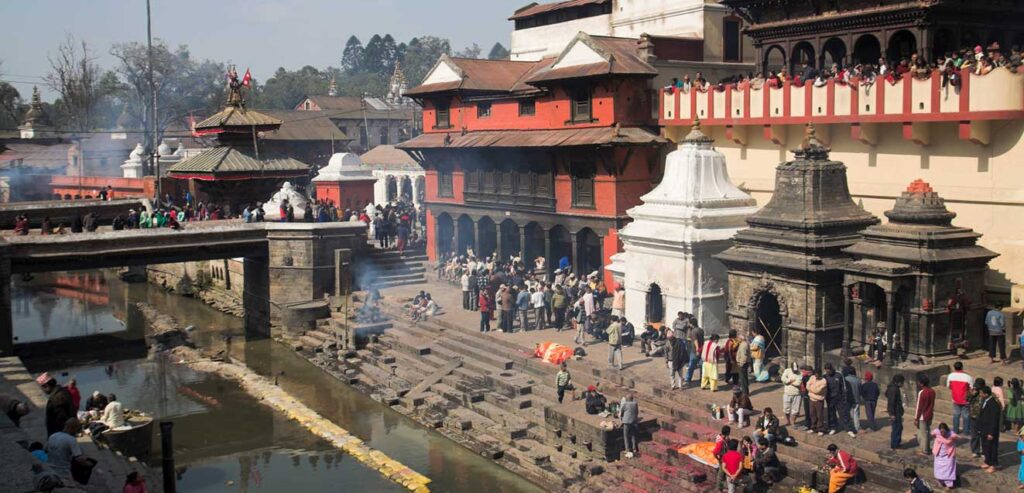
Visiting Pashupatinath Temple Nepal
The Pashupatinath Temple provides a fascinating peek into Nepal’s spiritual and cultural traditions. Tips for maximising your visit:
- Temple hours: Morning till night. Mornings are excellent for visiting the temple because it’s less busy and very peaceful.
- Dress Code: Cover your shoulders and knees, visitors. Remove shoes before entering the temple.
- Guided Tours: A competent guide may improve your visit by explaining the temple’s history, architecture, and traditions.
- Photography: Photography is allowed outside the temple complex but not within. Avoid photography during rites and cremations to respect the location.
- Offerings: Visitors can bring flowers, fruits, and incense in rituals. Traditionally, temple and priests receive minor donations.
- Etiquette: Conduct yourself respectfully, avoid loud discussions, and follow temple personnel and priests’ directions.
Pashupatinath Temple Nearby Attractions
Cultural and historical features surround Pashupatinath Temple, enriching the spiritual experience. Nearby attractions include:
Boudhanath Stupa: A UNESCO World Heritage Site and Tibetan Buddhist centre, Boudhanath is Nepal’s biggest stupa. Large mandala and peaceful atmosphere make it a must-see.
Swayambhunath (Monkey Temple): Located on a mountaintop, Swayambhunath (Monkey Temple) is a Buddhist and Hindu pilgrimage destination with stunning views of Kathmandu.
Guhyeshwari Temple: Situated near Pashupatinath, this Parvati temple is tantric.
Patan Durbar Square: A short drive from Pashupatinath, this cultural treasure has palaces, courtyards, and temples with exquisite Newari workmanship.
Also Read : Golden Temple Amritsar ( Harmandir Sahib ) : Heart of Sikhism
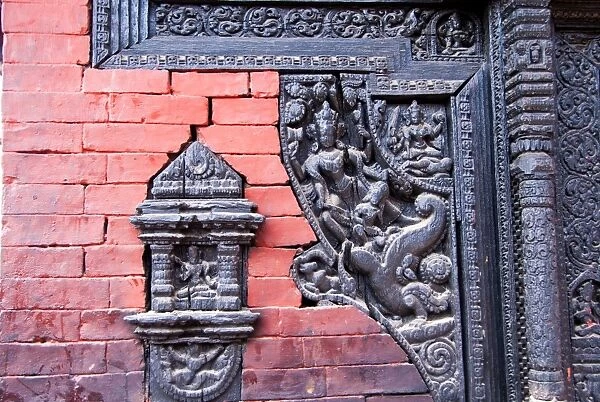
Conservation and Challenges
The preservation of Pashupatinath Temple’s purity and structure is a constant issue. The temple complex’s old buildings have been damaged by earthquakes. Government- and international-supported restoration operations aim to preserve the temple’s architecture and increase its resistance to future disasters.
The Bagmati River pollution is another issue. River cleaning and conservation are ongoing to maintain the temple’s spiritual and natural balance. Effective planning and sustainable tourism are needed to manage visitors while conserving the temple’s hallowed environment.
Conclusion
Nepal’s spiritual and cultural legacy is symbolised by Pashupatinath Temple. Its rich history, architectural beauty, and religious importance draw millions to it. In Pashupatinath, one may experience an old custom that still thrives in modern Nepal. Pashupatinath Temple, whether you seek spiritual comfort, architectural beauty, or cultural understanding, embodies life and beyond.
